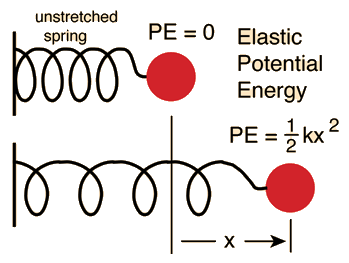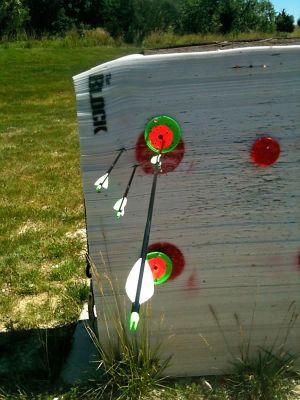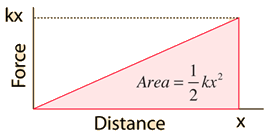_________________________________________________________________________________________________________________________________________________________________________
The Bow
A traditional
longbow
A
semi-traditional recurve bow
A modern design compound
bow
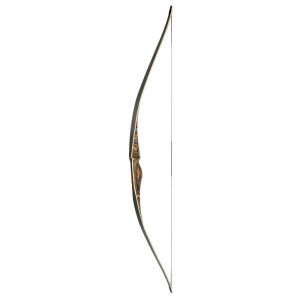
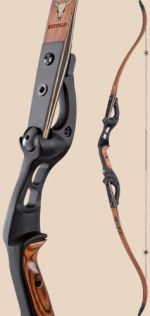
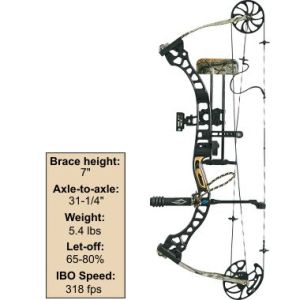
From http://store.ocarchery.com/
From http://www.hoyt.com/
From http://www.cabelas.com/
The bow is the predecessor to the
gun, our more modern weapon of choice for distant targets. But while
the may both launch projectiles at their targets
they do it in very different ways when it comes to the physics behind what drives them. A bullet is shot from a controlled small explosion in a directed chamber,
whereas a bow instead uses a more direct form of potential energy, to be more exact it uses elastic potential energy (ie. a spring) to achieve a similar result.
Bow = Spring
they do it in very different ways when it comes to the physics behind what drives them. A bullet is shot from a controlled small explosion in a directed chamber,
whereas a bow instead uses a more direct form of potential energy, to be more exact it uses elastic potential energy (ie. a spring) to achieve a similar result.
Elastic Potential EnergyElastic potential energy is Potential energy stored as a result of deformation of an elastic object, such as the stretching of a spring. It is equal to the work done to stretch the spring, which depends upon the spring constant k as well as the distance stretched. According to Hooke's law, the force required to stretch the spring will be directly proportional to the amount of stretch.
|
||
|
Bow = Spring
While we are familiar with
springs, and "springiness", having seen them all
our lives in many different uses, not all springs are easily recognized as such. But
in reality a bow is a spring where the limbs of the bow are deformed when the bow
string is pulled back from its normal position.
And like springs, bows have different amounts of this springiness (ie. they
have different spring constants, k ). There are children's bows that have very light
"draw weights"( around 90 N) all the way up to a very heavy draw weight of about
400N.
Also on a bow a person's draw length is usually rather consistent to get
favorable results. Because of this fact, the x (deformation in the spring) is also
rather consistent. These factors lend a bow a rather reliable outcome when
considering a bow's maximum range and it's effective range. It is no wonder then
that it was relied upon by so many for so long.
our lives in many different uses, not all springs are easily recognized as such. But
in reality a bow is a spring where the limbs of the bow are deformed when the bow
string is pulled back from its normal position.
And like springs, bows have different amounts of this springiness (ie. they
have different spring constants, k ). There are children's bows that have very light
"draw weights"( around 90 N) all the way up to a very heavy draw weight of about
400N.
Also on a bow a person's draw length is usually rather consistent to get
favorable results. Because of this fact, the x (deformation in the spring) is also
rather consistent. These factors lend a bow a rather reliable outcome when
considering a bow's maximum range and it's effective range. It is no wonder then
that it was relied upon by so many for so long.
Spring Potential EnergySince the change in Potential energy of an object between two positions is equal to the work that must be done to move the object from one point to the other, the calculation of potential energy is equivalent to calculating the work. Since the force required to stretch a spring changes with distance, the calculation of the work involves an integral.
|
||
|
Bibliography

